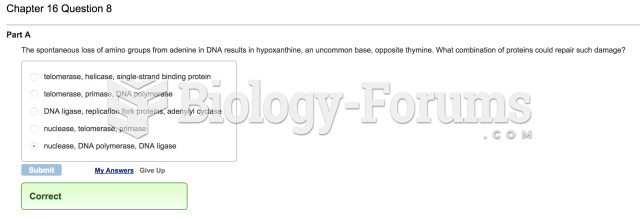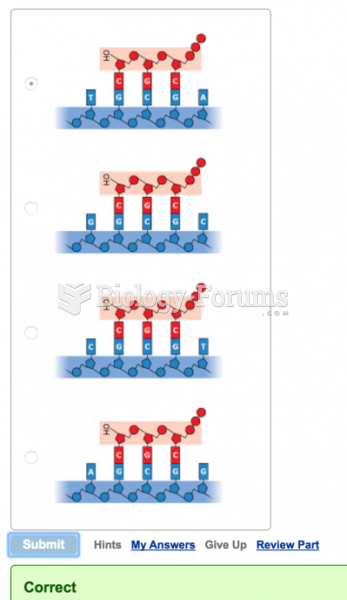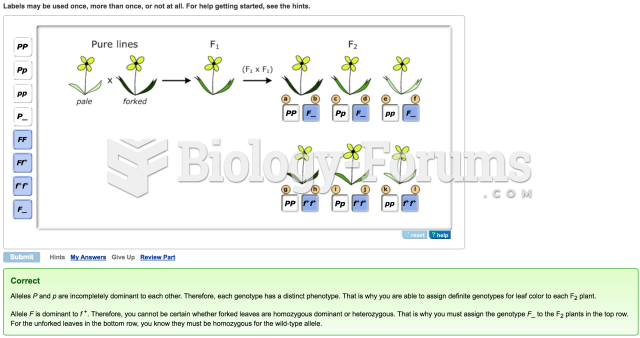Answer to Question 1
Consumer purchasing behavior changes in a multi-screen world. Consumers will often be using two or more screens at once, tweeting when watching a TV show, or moving seamlessly from a TV ad, to a mobile search for more information, to a later tablet purchase screen. Also, the more screens people use, the more shopping and purchasing they do. One conclusion is that the more screens consumers have, the more consumer touchpoints or marketing opportunities exist. The implications of the multi-device platform, or screen diversity environment, are that marketing needs to be designed for whatever device the consumer is using, and consistent branding across platforms will be important. Screen diversity means that one ad size, for instance, will not fit all situations, and that branding images will need to be adjusted automatically based on the device the consumer is using. From a design perspective, graphics and creative elements will appear differently depending on the screen. The requirement to find customers on multiple screens can add considerably to the cost of marketing online. Companies may find that they need to develop a presence and market not only on Web sites, but on mobile Web sites, and/or smartphone apps as well. Perhaps they may not be able to afford all three, and may want to choose only one. In that case, which is the best? Much depends on what the point of the marketing is. To drive sales, a Web site might be more effective, but to drive brand awareness, and engagement, social and entertainment apps might be better. But even beyond screen adaptability, a multi-screen world means merchants need to be on all platforms, and to be integrated across platforms, in order to send a coherent message and to create a convenient consumer platform. The marketing environment today is much more complex than placing banner ads on pages or on search engine results pages on the Web.
Answer to Question 2
The implications for marketers are quite clear: if consumers are primarily using apps rather than browsing the Web on their mobile devices, marketers need to place ads in apps where most of the action is for attracting consumers, and that means social, entertainment, and game sites. Second, if mobile consumers only use, on average, 27 apps, then marketers need to concentrate their marketing in these popular apps, let's say, the top 100. Niche marketers, on the other hand, can concentrate their ads in apps that support that niche. A distributor of diving equipment, for instance, could place ads in apps devoted to the diving community. There may not be many users of the app, but those who do use it are highly motivated on the topic. Another implication for marketers is that rather than focus on mobile display ads that are difficult to read, the best ad may be an app that directly serves customer interest or an ad in an app that is precisely targeted to the consumer's current activities and interests. For instance, ads in newsfeeds, or pre-roll ads prior to music or video, will do much better than display ads placed elsewhere.







